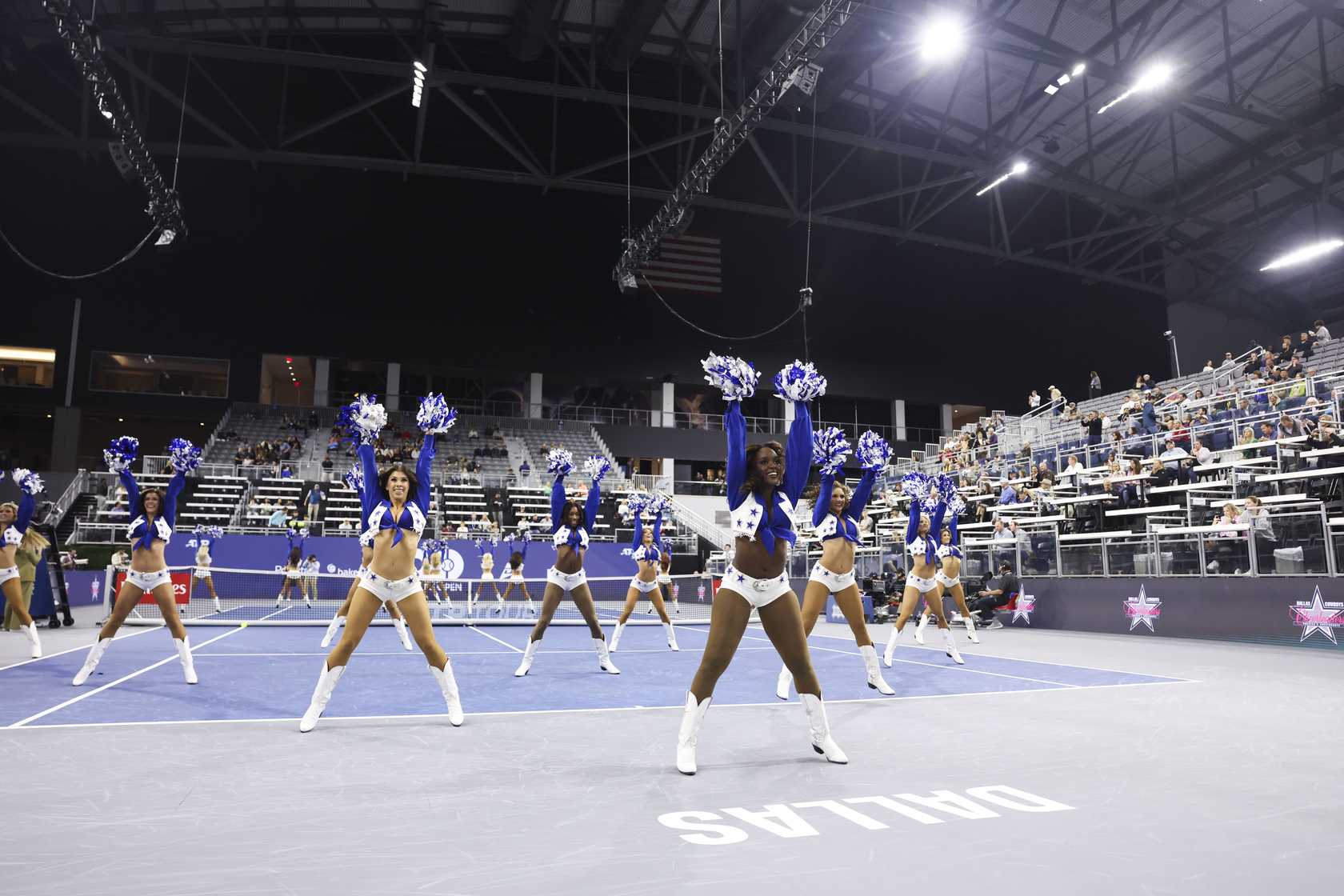[ad_1]
Rafael Nadal bid farewell to the Madrid Open but that isn’t the only taking point once the dust settles at the end of the tournament.
Nadal’s run to the second week of the tournament was nothing short of impressive, considering the circumstances. Thanks to the luck of the draw, he overwhelmed American teenager Darwin Blanch, his lowest-ranked opponent ever, in his first match.
He set up a Barcelona rematch against Alex de Minaur. This time, Nadal was better prepared and with a steely edge to confront the fleet-footed Australian. The Madrid crowd most certainly did not entertain the idea of seeing their great champion bow out to the same opponent for a second tournament in a row.
Nadal duly delivered with improved serve speeds and numbers. His movement was smoother, and his varied shotmaking made him unpredictable as he secured a big win over the 10th seed.
However, a three-set win over Pedro Cachin in the next round took a lot out of the five-time champion, both mentally and physically. In the fourth round, he warned that he might not be adept at combating Jiri Lehecka‘s heavier ball.
Nadal’s words were true as Lehecka came out all guns blazing. The 37-year-old was involved in an emotionally intoxicating duel. Although his will to win never dissipated, the 22-time Grand Slam champion came up short in a straight-sets defeat.
But the match featured one controversial call of the Hawkeye challenge system, which is being used at the Madrid Open for the first time. Nadal exposed the frailties of the system on the clay courts when he challenged a Lehecka serve that was called in.
The Hawkeye verdict was that the Czech’s serve early in the second set had just kissed the line by a millimeter. But at the point of contact with the surface, the ball leaves a clear mark on the clay. On a live look, the ball was definitely out.
Nadal could not believe the outcome of the line-calling system and smiled wryly while engaging the chair umpire, who stuck by the technology verdict. You can check the call and Nadal’s reaction in the video below.
“It’s like this out, it’s unbelievable. There is a problem with the machine.”
[ad_2]


